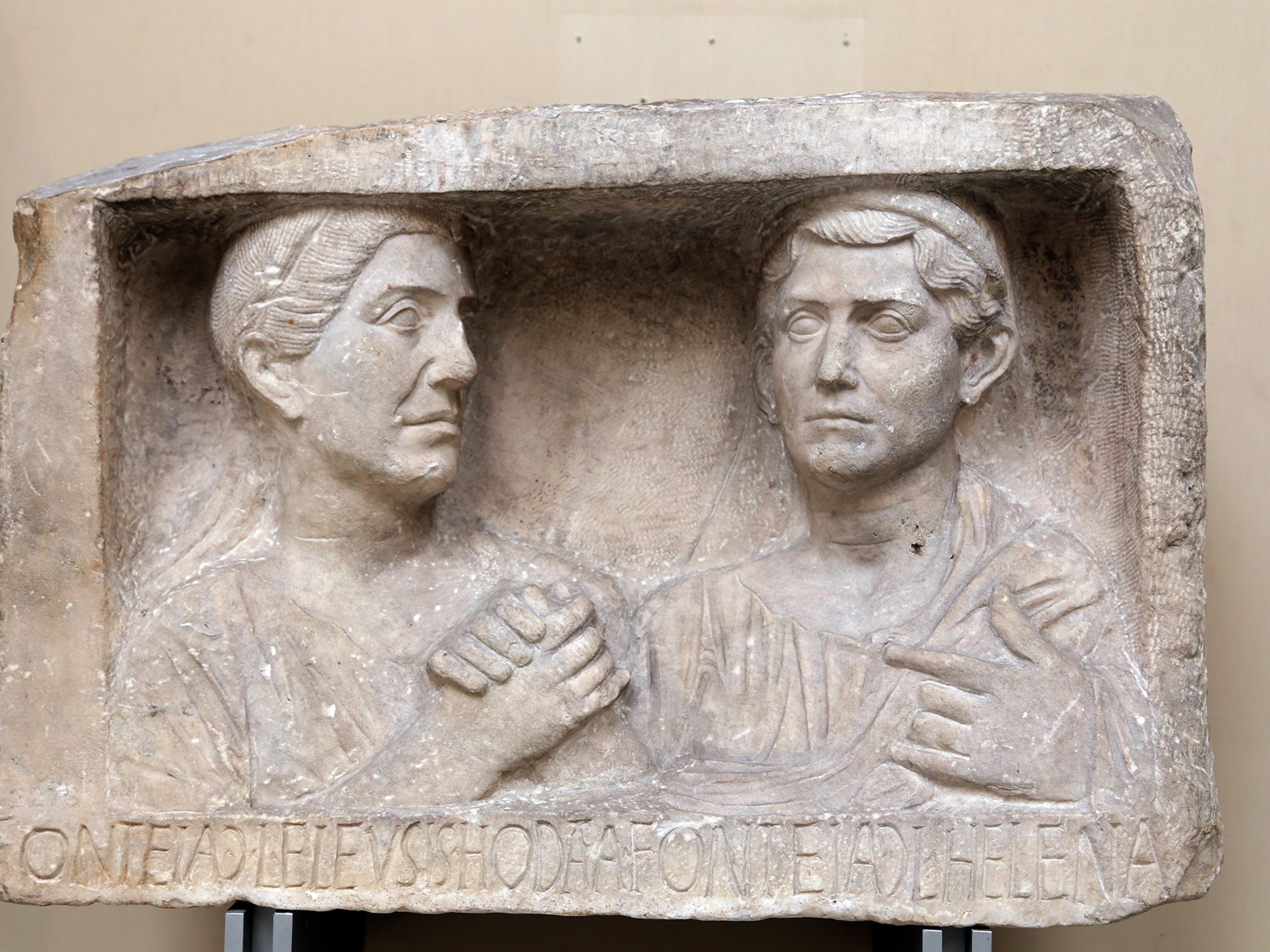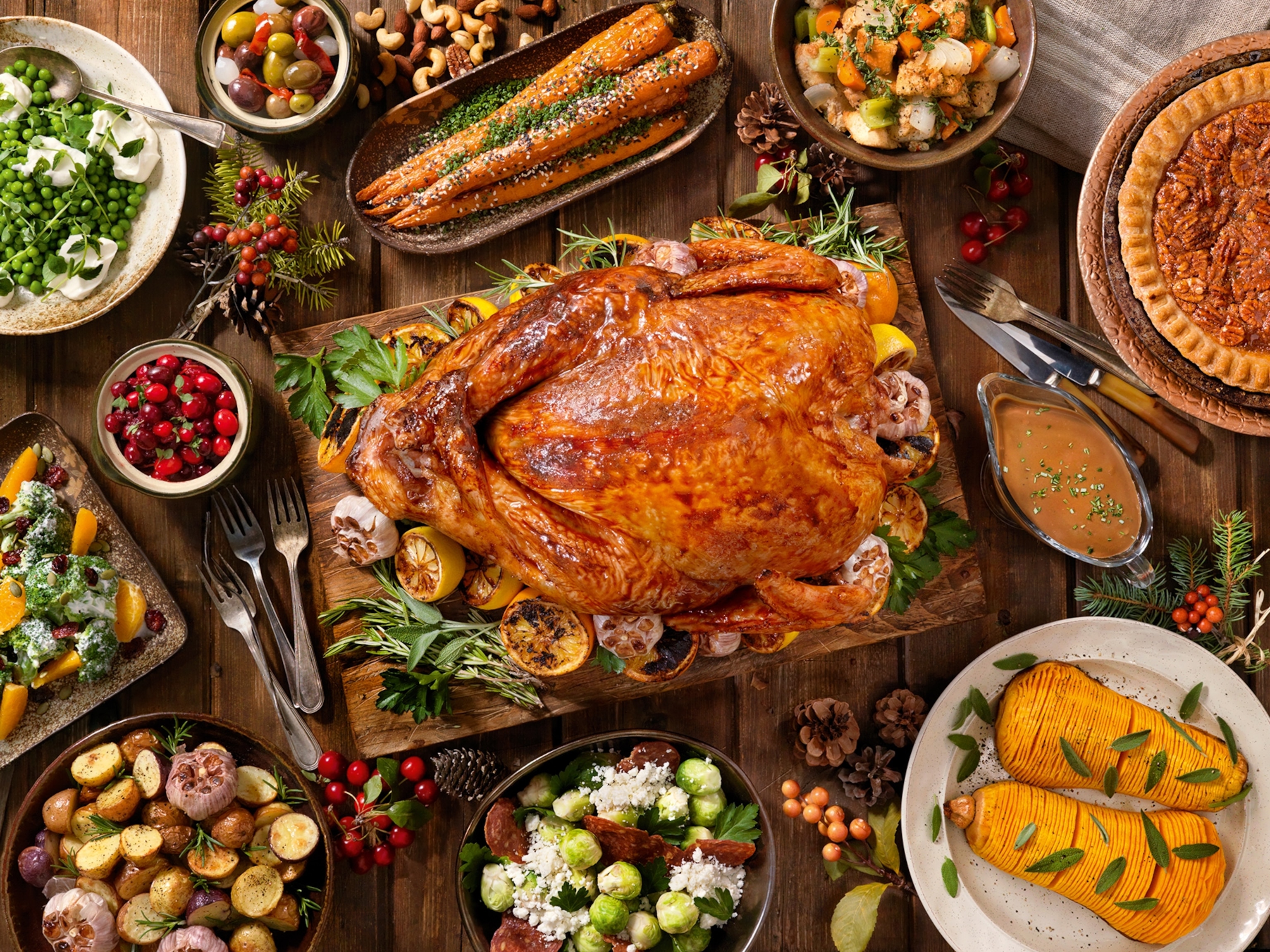Can Peacocks Be Emotional Support Animals? It’s Complicated.
Any animal could feasibly provide a human with emotional support, but it doesn't mean that they all should.
Dexter was just trying to board his flight out of the Newark airport in New Jersey when he and his travel companion, a conceptual artist who goes by the name Ventiko, were barred from entry.
That's because Dexter is a peacock, and a large one at that.
According to a report by the BBC, the artist offered to buy a seat for Dexter but was denied by United Airlines because of the bird's large size and weight.
It was imperative he be on the flight because, she claimed, he's her emotional support animal.
National Geographic reached out to Ventiko but did not hear back by the time of this article's publication.
While we don't have more information on Ventiko's motivations, pictures of the peacock standing atop an airport baggage carrier prompted questions, and a lot of criticisms, online about the broader issue of emotional support animals, and which species might reasonably qualify.
Emotional Support vs. Service
First, it's important to note that registered service animals have more legal rights—and public social support—than emotional support animals at this time.
Under the Americans with Disabilities Act (ADA), a service animal is, legally, a dog "trained to do work or perform tasks for people with disabilities."
Guiding people who are blind, alerting people who or deaf, protecting someone with a seizure, or calming someone with Post Traumatic Stress Disorder are examples of the services registered service dogs might provide. And in the U.S., service dogs are legally allowed to go anywhere their owners go.
The ADA also has a separate rule that allows miniature horses "where reasonable."
Only the Air Carrier Access Act and the Fair Housing Act protect the legal rights of emotional support animals, and under more limited circumstances.
The latter requires housing providers to make "reasonable accommodations" for emotional support animals, and pet owners are not required to provide an exhaustive medical record. This includes anything from public housing to university dorms.
Under the Air Carrier Access Act, airlines must allow passengers to carry emotional support animals on a plane with no extra fee. To qualify, passengers must produce a letter from a licensed therapist or physician. But it's a rule that many people, such as the popular travel blog Live and Let Fly, now say is being abused by some pet owners trying to avoid paying boarding costs.
These rules are much more flexible than the ADA and open to interpretation by private companies. Just two weeks ago, Delta airlines tightened its requirements on allowable service and support animals.
Emotional support animals have become a contentious topic among airlines and their passengers. While it might seem like an obvious choice not to allow one on a plane, in 2016 a fairly sizeable turkey was allowed to fly under the same stipulation.
Support or Peacocking?
While dogs and ponies have been legally recognized as service animals, many other species have been used as emotional support animals.
Really any type of animal could potentially be seen as such, says Marc Bekoff, a professor emeritus at the University of Colorado who's had a long career of studying animal behavior.
"I think any living creature could be an emotional support animal," he says. "Support is just in the eyes of the beholder."
With dogs, he notes, humans have a long relationship. Domestic canines evolved in tandem with us, losing their wolf-like ancestry as they became human companions. There's strong communication between people and dogs, and they even change their facial expression when they know humans are watching.
Peacocks don't have this same level of communication ability with people, and they can be quite aggressive toward people, especially the males.
But reciprocity doesn't necessarily matter. Simply having the animal present can provide a benefit if someone thinks it does, says Bekoff. That doesn't always guarantee other observers will look upon the choice favorably, however, as the recent Internet comments on the peacock suggest.
When choosing a companion animal, Bekoff notes, it's also important to consider the well-being of the animal. Smaller dogs, for example, are more likely to be comfortable on a crowded plane full of people than a large bird.





